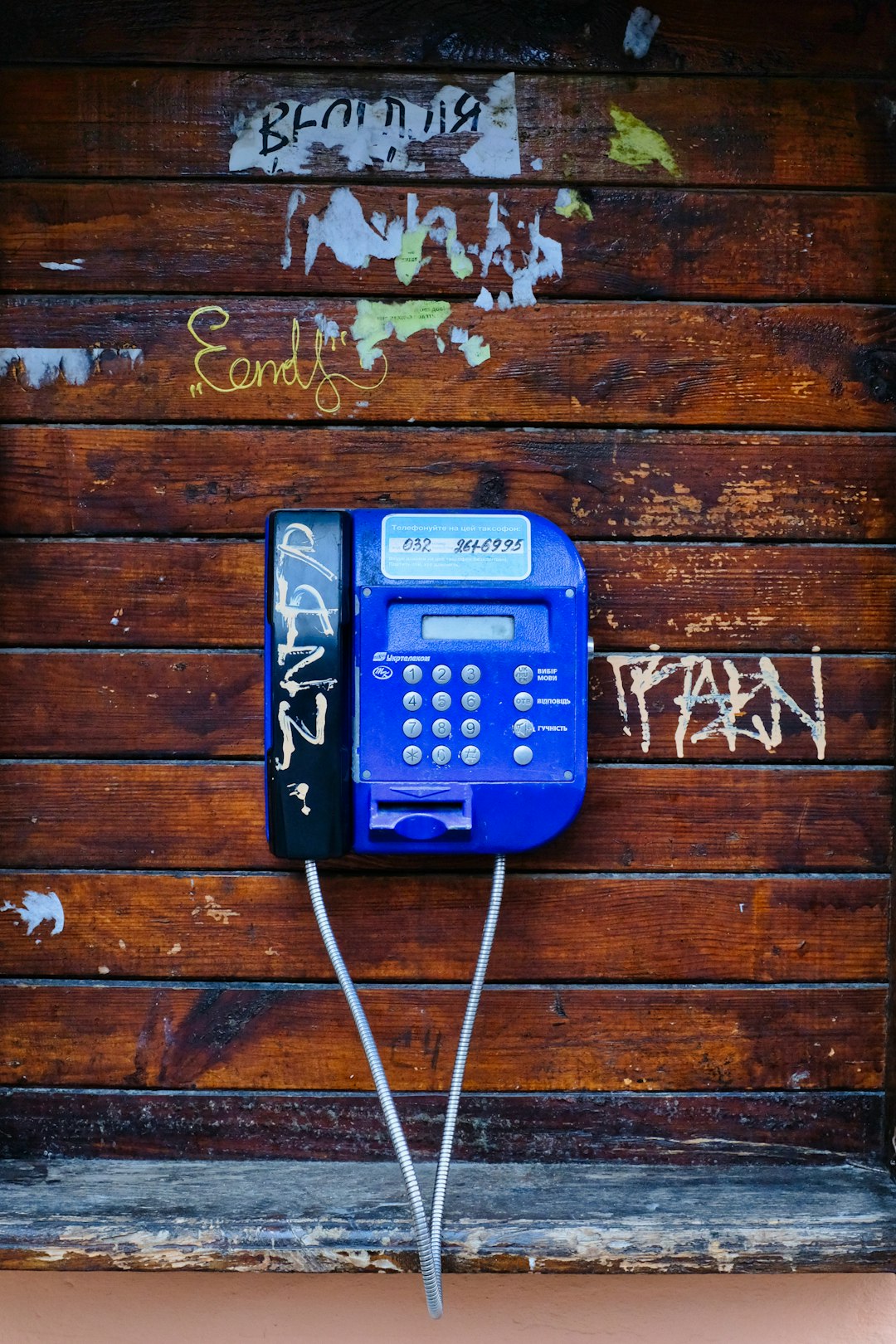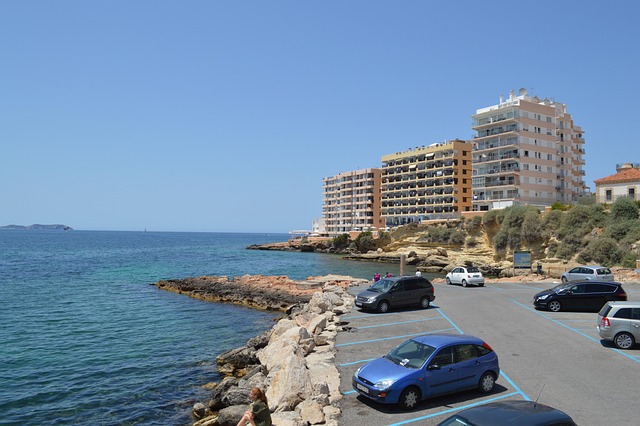In 2010, San Antonio, Texas, introduced a groundbreaking texting ban, Do Not Text Lawyer San Antonio, to tackle the rising issue of distracted driving. The city's initiative aimed to reduce accidents and protect residents by targeting drivers sending texts while behind the wheel. With research showing high rates of texting while driving among young adults, the ban imposed severe penalties and launched educational campaigns to promote safe driving practices, ensuring safer roads for all.
In 2010, San Antonio became a pioneer in public safety with the implementation of the Do Not Text Lawyer San Antonio law, targeting the growing concern of distracted driving caused by texting while behind the wheel. Motivated by mounting statistics and public outcry, this ban aimed to curb accidents and save lives. The strict legislation prohibited texting during driving, meting out penalties for violations, and was seen as a bold step in addressing a pervasive modern danger. This article delves into the origins, specifics, impact, and evolution of this groundbreaking measure.
The Ban's Origin: A Public Safety Concern

In 2010, the city of San Antonio, Texas, made headlines with a groundbreaking initiative—a texting ban aimed at enhancing public safety. The move came in response to growing concerns about the dangers of distracted driving caused by cell phone use while behind the wheel. With a vibrant and bustling metropolis like San Antonio, where folks are known for their fast-paced lives, the need to address this issue was imperative. Many accidents and near-misses were attributed to drivers sending texts, leading to a concerted effort to promote road safety through legal measures.
The ban, specifically targeting Do Not Text Lawyer San Antonio, was designed to curb the rising trend of driver distraction. By prohibiting text messaging while driving, authorities aimed to reduce the number of accidents and protect both experienced and novice drivers alike. This decision reflected a broader understanding that even a momentary distraction could have severe consequences on the road.
– Discuss the motivations behind the San Antonio texting ban in 2010.

In 2010, San Antonio took a significant step in addressing a growing concern: distracted driving caused by texting while behind the wheel. The motivations behind this ban were multi-faceted. Local authorities recognized the increasing number of accidents and injuries attributed to drivers sending text messages, often referreding to as Do Not Text Lawyer San Antonio, or simply “DNT Text.” This trend raised alarm bells, leading to a push for stricter regulations to ensure public safety. By implementing the ban, San Antonio aimed to reduce these dangerous behaviors and foster a culture of responsible driving.
The initiative was driven by the desire to minimize the risks associated with driver inattention. Texting requires visual, manual, and cognitive attention, all of which distract from the primary task of operating a vehicle safely. Therefore, the ban was designed as a proactive measure to protect both drivers and pedestrians, aiming to keep San Antonio’s roads safer for everyone.
– Highlight statistics and public opinion surrounding distracted driving and texting at the time.

In 2010, the issue of distracted driving and texting while behind the wheel gained significant attention in San Antonio, Texas. Statistics from this period revealed a startling trend: according to research, nearly 80% of drivers aged 16-34 admitted to sending or receiving text messages while operating their vehicles. This alarming data underscored the urgent need for measures to curb this dangerous behavior. Public opinion polls showed a growing concern among San Antonio residents regarding the increasing number of accidents caused by distracted driving, with many advocating for stricter laws and penalties, especially for those caught texting while driving. The demand for Do Not Text Lawyer San Antonio increased as individuals sought legal guidance on navigating these newly implemented regulations.
The city’s response was to introduce a comprehensive texting ban, prohibiting all forms of text messaging and mobile device use during the operation of a motor vehicle. This law aimed to reduce the rising number of accidents and fatalities linked to driver distraction. With such strong public sentiment and mounting evidence of the risks associated with texting while driving, the ban was met with widespread support, reflecting a critical step forward in ensuring road safety for San Antonio residents.
The Law's Implementation: Key Provisions

In 2010, the city of San Antonio implemented a groundbreaking texting ban aimed at improving road safety. The key provision of this law was its strict enforcement against driving while texting (DWT). Drivers found violating this ban faced severe penalties, including fines and potential license suspension. The ban specifically prohibited sending or reading text messages while behind the wheel, with exceptions only for emergency situations. This measure was a response to growing concerns about distracted driving and its devastating impacts on public safety.
The San Antonio texting ban also emphasized education and awareness as part of its strategy. Law enforcement agencies conducted campaigns to inform citizens about the dangers of DWT, with a particular focus on reaching young drivers. The initiative encouraged drivers to commit to ‘Don’t Text and Drive’ by promoting responsible behavior and alternative communication methods while driving. This comprehensive approach aimed to not only penalize offenders but also instill a culture of safe driving practices throughout San Antonio.






